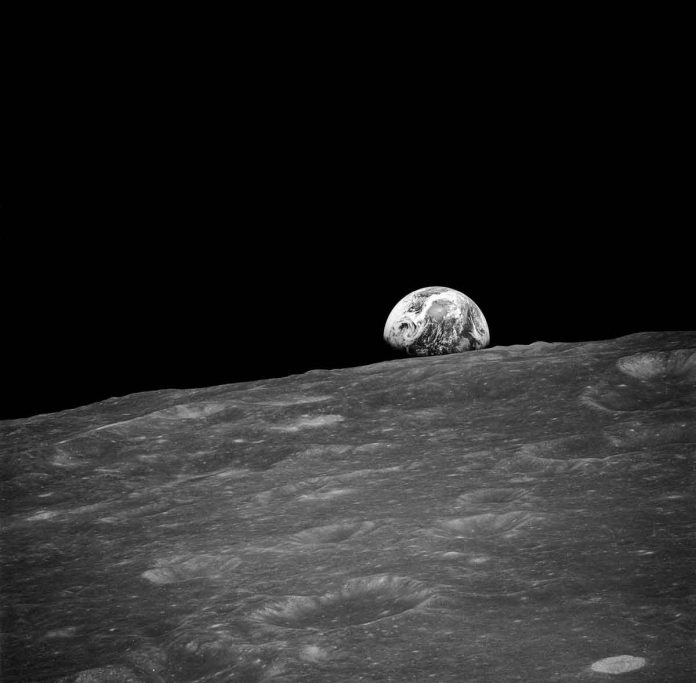A group of researchers from the University of Central Florida will travel to the moon to investigate an uncharted and enigmatic region. According to a NASA news release, two planetary scientists from UCF, Kerri Donaldson Hanna and Adrienne Dove, have been asked to lead a $35 million mission to land a spacecraft over the Gruithuisen Domes, an unknown portion of the moon that has left NASA scientists scratching their heads.
According to NASA, the domes on the western side of the moon appear to be the consequence of a rare type of volcanic eruption. The domes are fascinating since such geological structures on Earth require liquid water oceans and plate tectonics to produce. NASA experts are mystified as to how the structures came to be without these elements.
Donaldson Hanna and Dove’s work is part of NASA’s Commercial Lunar Payload Service program (CLPS), which is based at the Johnson Space Center in Houston, and aims to use more commercial enterprises to transport payloads to the moon. NASA’s Artemis lunar exploration ambitions and aspirations to send humans back on the moon inspired the CLPS programme.
According to UCF, the university’s involvement will be through NASA’s Payloads and Research Investigations on the Surface of the Moon (PRISM) programme, which will see a spacecraft launch in 2026 carrying a robotic rover to study the chemical composition of the domes and how dust interacts with the spacecraft and rover.
The Lunar Vulkan Imaging and Spectroscopy Explorer (Lunar-VISE) will investigate the summit of one of the domes, which is thought to be made of a sticky magma rich in silica, similar to granite, and could be a potential resource for future colonization, over the course of a lunar day—equivalent to 10 Earth days.
“There’s potentially a treasure trove of knowledge waiting to be discovered,” said Donaldson Hanna, the principal investigator. “It will not only help us inform future robotic and human exploration of the moon, but it may also help us better understand the history of our own planet as well as other planets in the solar system.”
Donaldson Hanna has been researching the moon for a long time as part of NASA’s Lunar Trailblazer project and the Diviner Lunar Radiometer Experiment on the Lunar Reconnaissance Orbiter. The goal of the previous mission was to scan and create high-resolution maps of water on the moon. According to Donaldson Hanna, the mission might begin as early as 2025. On the 2026 launch, UCF will share space with another project that will look at the impact of the moon’s low gravity and radiation environment on yeast, which is used to research biological changes caused by space travel.
Andrew Settles of NASA’s Ames Research Center in Silicon Valley will lead the Lunar Explorer Instrument for Space Biology Applications (LEIA) scientific suite, which is a small CubeSat.

